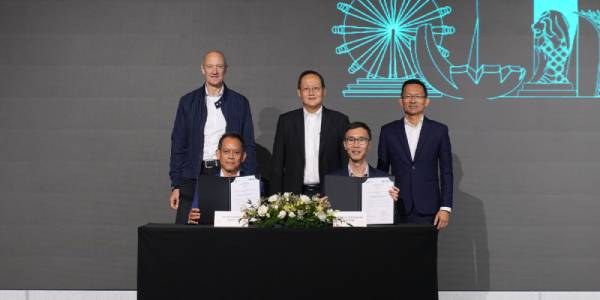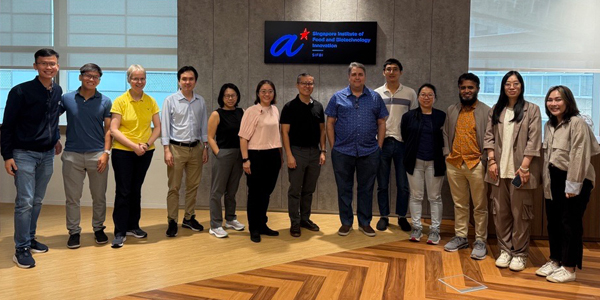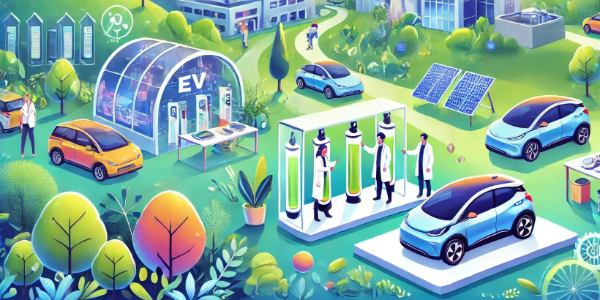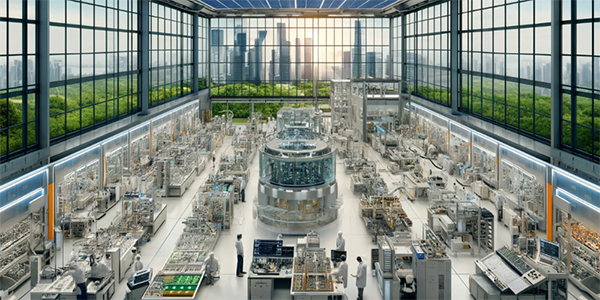FACES OF A*STAR
Helping Businesses Thrive in Industry 4.0
Digitalisation has fuelled advances in material science and transformed manufacturing
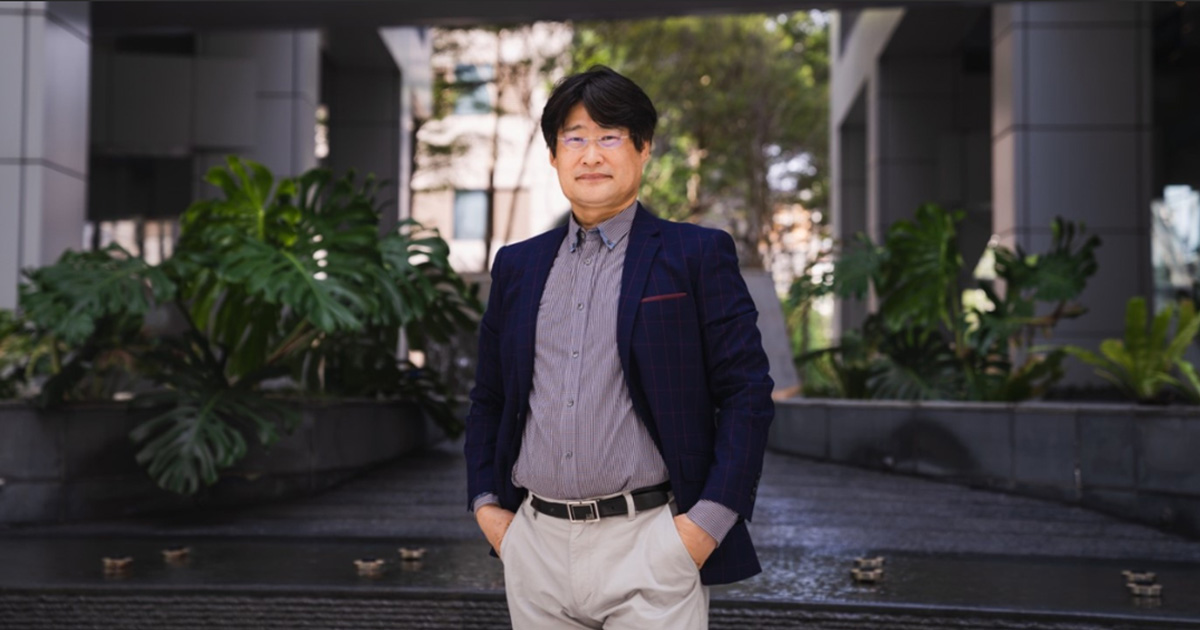
When Prof Zhang Yong Wei was six, he was fascinated by the powerful crawler tractors that farmers used to plough rice paddy fields. Growing up near an airfield, he was also enthralled by the superb maneuverability and elegant aerodynamic shapes of airplanes that thundered overhead.
Following his heart, he enrolled to study aircraft design. However, he found a calling in material science instead. "I realised that aircraft design went beyond aesthetics," says Prof Zhang. "The planes are as powerful and safe as the material behind them."
Today, Prof Zhang is ranked as a Highly Cited Researcher and recognised as one of the world's most influential scientific minds in 2022 . He is currently a Distinguished Institute Fellow at A*STAR’s Institute of High Performance Computing (IHPC), leading several research projects.
His team's work is at the forefronts of scientific discovery and Industry 4.0, where scientific computation is transforming how we design and manufacture materials and products. They work together to develop/deploy multiscale modelling and simulation methods in combination with artificial intelligence (AI) to understand materials processing-structure-property relations and their applications.
Leveraging computation, big data and AI, Prof Zhang spearheads to transform materials discovery, design, and manufacturing, be faster, more efficient and greener.
"With the development of high-throughput computations and experiments to efficiently generate big data, together with AI, we are aiming to develop a new material from scratch in three years," he says. "Conventionally, it takes an average of 20 years, and the new materials development platform will make it possible."
One of the major tasks for Prof Zhang has been the development of Additive Manufacturing Digital Twin (AM-DT) that is able to predict printing outcomes digitally. After about seven-year R&D development, his team completed the alpha version of the AM-DT. Over the last three years, Prof Zhang and his team have been working closely with Hitachi Metals (now renamed as Proterial) to expand and validate the functions of the AM-DT. Recently, IHPC licensed this software to Hitachi Metals.
Besides the development of new materials and AM-DT, Prof Zhang is also working on green energy research. Since 2018, he has been experimenting with ways to develop new catalysts to reduce energy consumption when extracting hydrogen and oxygen from water.
Hydrogen is a type of green energy source. Governments worldwide are encouraging industries and R&D organisations to explore hydrogen as green energy source to reduce reliance on fossil fuels. The International Renewable Energy Agency (IREA) has forecast that global demand for hydrogen would need to more than double by 2030 to attain net zero.
In addition, Prof Zhang's research also looks into how best to develop catalysts to convert carbon dioxide into fuels and useful products. He and his team are also collaborating with the National University of Singapore to develop safer and greener solid-state electrolyte lithium batteries to power electric vehicles, smartphones, and aeroplanes.
My work has always been driven by passion and curiosity. It is important for scientists to stay curious as this keeps us going to learn and uncover new things,
Prof Zhang says.
Was this article helpful?
A*STAR celebrates International Women's Day

From groundbreaking discoveries to cutting-edge research, our researchers are empowering the next generation of female science, technology, engineering and mathematics (STEM) leaders.
Get inspired by our #WomeninSTEM

